All You Need To Know About Mid
What if your next favorite comfort food came from across the globe—but felt like home? Middle Eastern…
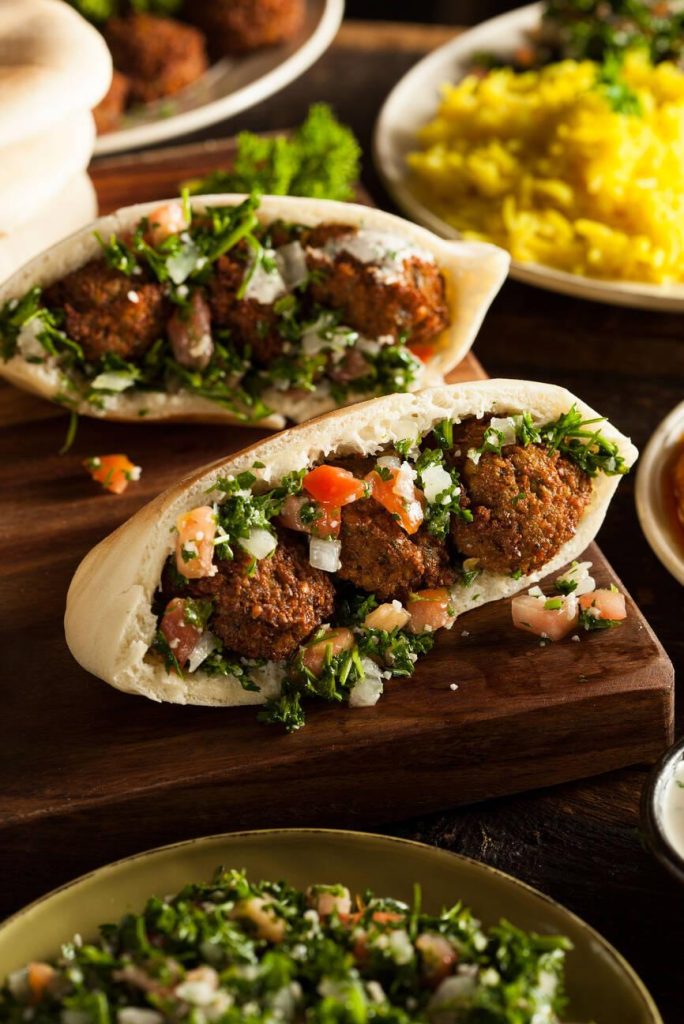
Halal isn’t just a rule—it’s a multi-culture flavors.
In Canada—one of the world’s most diverse nations—halal food isn’t just a cultural expression for Muslim communities; it’s a growing part of the national food scene. From bustling halal food trucks in Toronto to certified butchers in Calgary and Vancouver, halal food is helping shape a more inclusive culinary landscape.
This article explores how four major culinary traditions—Turkish, Middle Eastern, Afghan, and Pakistani—each interpret and celebrate halal in their own distinctive ways. It also highlights how international cuisines such as Chinese, Italian, sushi, and American-style burgers are increasingly embracing halal practices to serve a global Muslim audience. Through this cross-cultural lens, we’ll uncover how halal food is both deeply rooted in tradition and remarkably dynamic across borders.
Halal food is rooted in Islamic culture, guided by dietary laws that emphasize purity, ethics, and humane practices. But today, halal has grown far beyond its religious origins. It reflects a global cultural identity shared by Muslims of every background—Arab, South Asian, African, Southeast Asian, European, and North American. As Muslim communities continue to spread across the world, halal food blends with local cuisines, creating diverse culinary traditions that still follow the same core principles of trust, quality, and ethical preparation.
Turkish cuisine offers a rich fusion of flavors rooted in Ottoman heritage, Mediterranean freshness, and Islamic culinary principles. In Turkey, halal is not just a religious label—it’s deeply woven into everyday food practices, family gatherings, and the nation’s strong culture of hospitality.
From the bustling streets of Istanbul to rural Anatolian villages, meat is typically sourced from certified halal butchers (locally known as kasap), and alcohol is traditionally excluded from cooking. This commitment to halal standards is not only a matter of faith but also a reflection of cultural pride and respect for tradition.
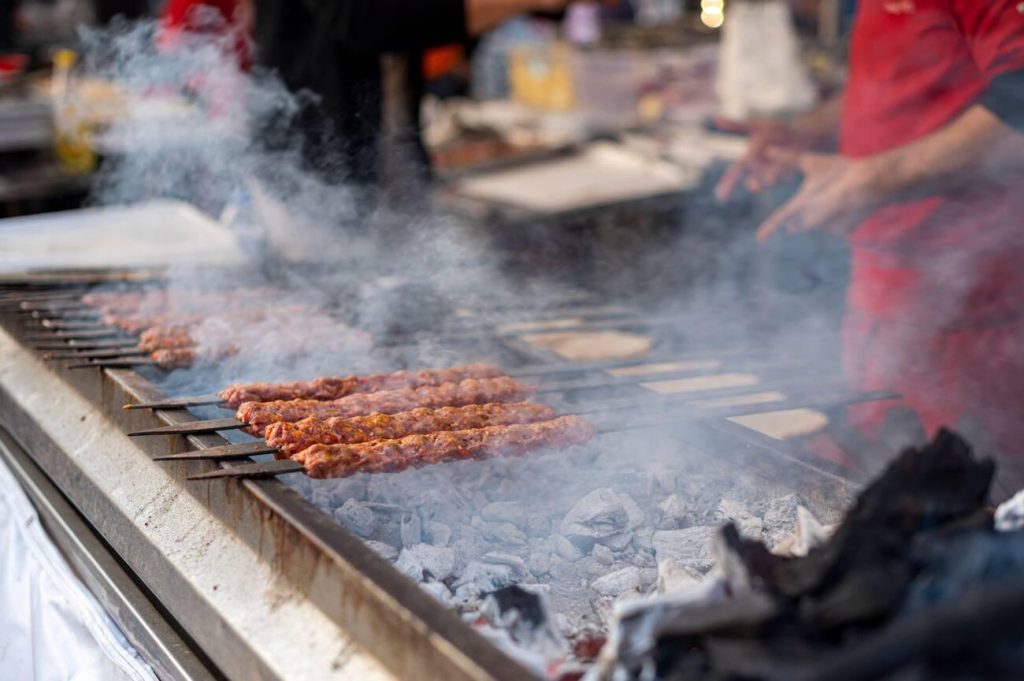
Turkish tradition is best experienced through its iconic dishes, often served with a generosity that reflects the nation’s spirit. Key highlights include:
What makes Turkish halal cuisine unique is how it harmonizes simplicity with depth. Olive oil, grilled meats, fresh herbs, and regional cheeses come together in a way that’s both satisfying and spiritually mindful. It’s a cuisine where you feel the warmth of the people as much as the richness of the food.
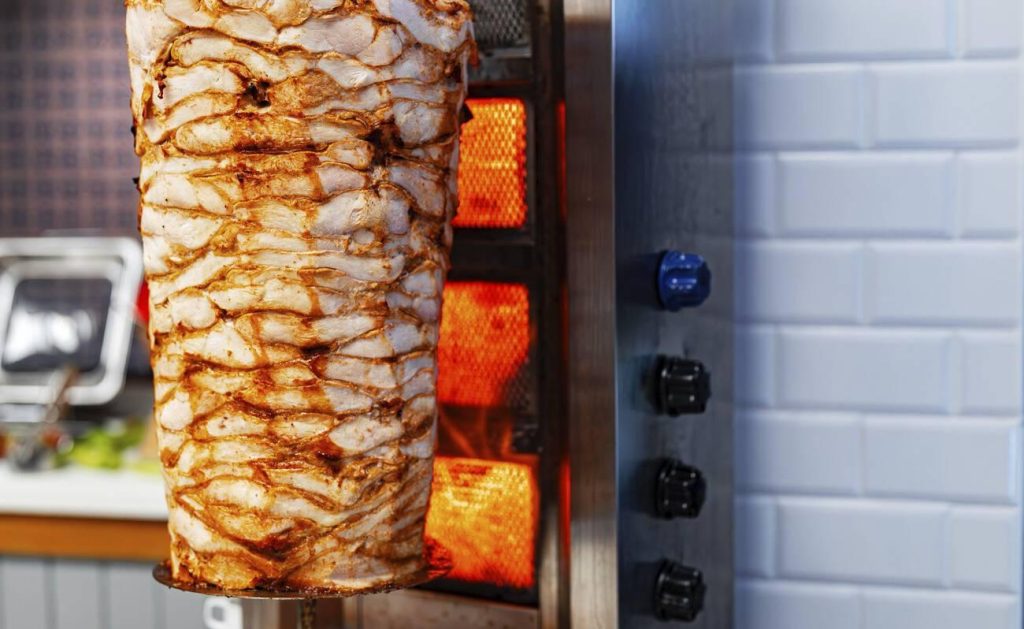
Middle Eastern cuisine is as diverse as the region itself, stretching from the Levant to the Arabian Peninsula. Yet across this geographic expanse, one principle binds the culinary culture together: halal. Whether in Damascus, Beirut, Amman, or Riyadh, food is deeply connected to Islamic values of purity, hospitality, and community.
Halal in the Middle East goes beyond meat sourcing—it shapes everything from ingredient selection to how meals are shared. Most households still rely on local butchers for hand-slaughtered meat, and alcohol is generally avoided in both home and restaurant cooking. Meals are often served family-style, with an emphasis on sharing and abundance that reflects the communal spirit of Islamic hospitality.
The Middle Eastern table is rich with herbs, spices, and vibrant colors. Standout dishes include:
Middle Eastern halal cuisine is defined by balance—between health and indulgence, between simplicity and sophistication. It’s a culinary tradition that honors Islamic ethics while drawing from centuries of cultural exchange, trade, and storytelling. Every dish carries a narrative, and every gathering is a reminder that food, in this region, is a sacred bond.
Afghan cuisine is a deeply rooted expression of culture, shaped by the mountains, valleys, and trade routes that once connected Central Asia to the Middle East. As a predominantly Muslim country, Afghanistan’s food practices naturally adhere to halal standards—but what makes this cuisine stand out is its heartfelt simplicity, generous portions, and unique blend of Persian, Turkic, and South Asian influences.
In Afghan kitchens, halal is a given. Most meals are home-cooked, and meat is traditionally hand-slaughtered, often from animals raised locally. While modest in appearance, Afghan dishes are rich in soul, carefully seasoned and slowly cooked to preserve both flavor and spiritual purity. Meals are often served on the floor, over a cloth called dastarkhan, where guests eat together in a humble, shared space—a reflection of both Islamic values and Afghan hospitality.
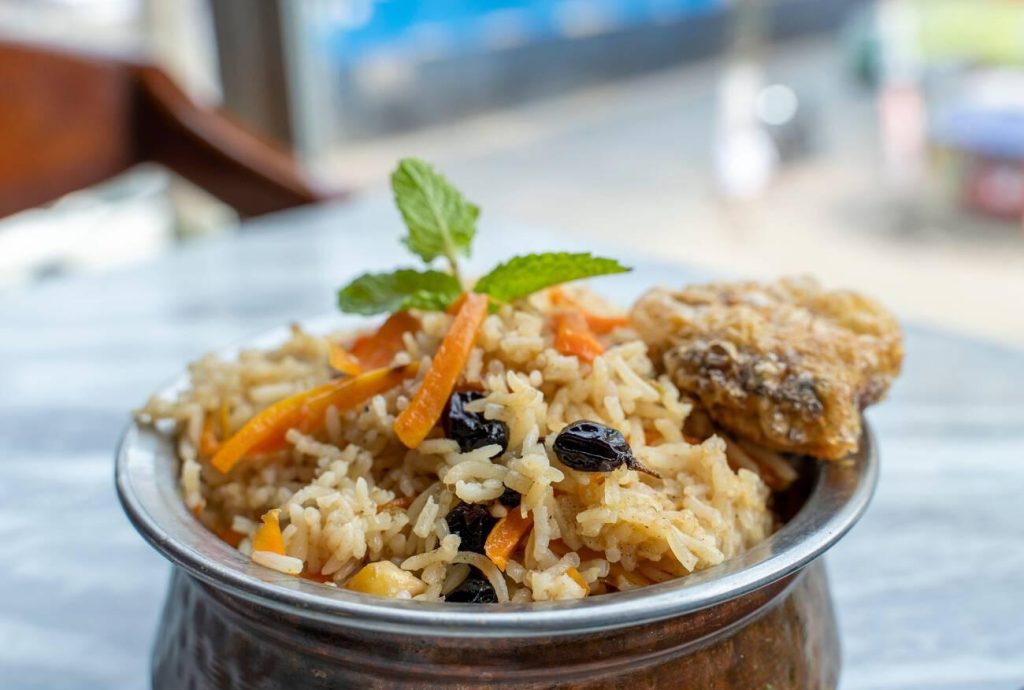
Afghan cuisine is built on wholesome ingredients and time-honored methods that deliver comfort and flavor. Key staples include:
Afghan halal cuisine is humble yet deeply nourishing—designed to feed the body and comfort the soul. It’s not about excess or flair, but about honoring what is pure, shared, and sacred. In every bite, there’s a quiet reminder of faith, family, and the enduring beauty of Afghan resilience.
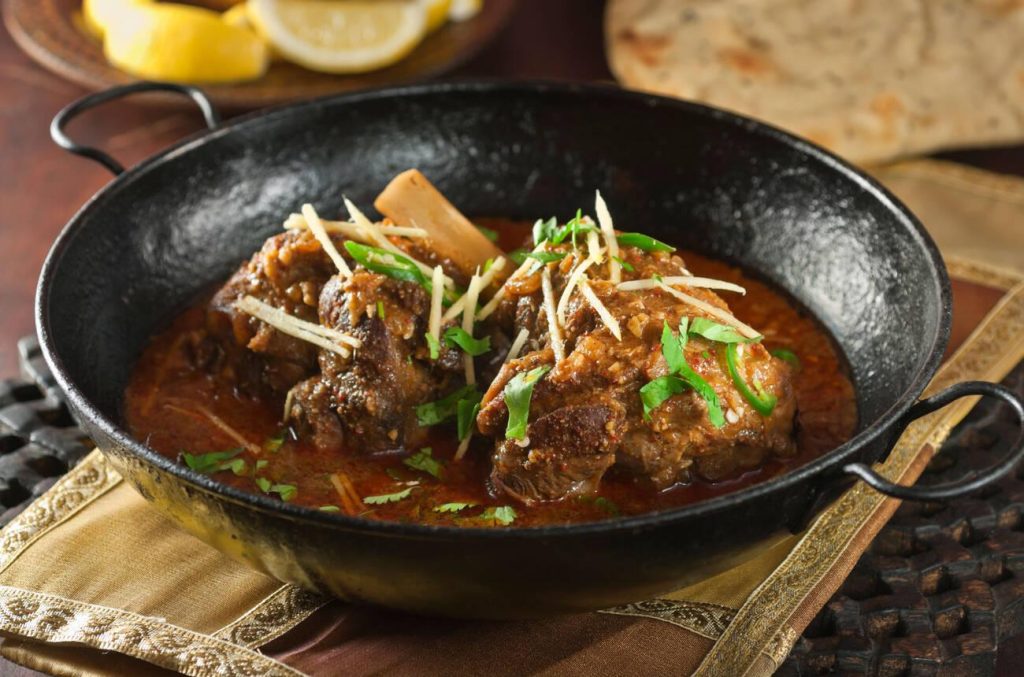
Pakistan’s culinary identity is a bold celebration of flavor, faith, and festivity. Deeply rooted in Islamic traditions, Pakistani cuisine naturally revolves around halal practices—from the sourcing of ingredients to the preparation and serving of food during everyday meals and grand occasions alike. With influences from Mughal, Persian, Punjabi, and Central Asian cultures, Pakistani food is known for its depth of spices, slow-cooked dishes, and rich textures that comfort and satisfy.
Halal is more than a guideline in Pakistan—it’s embedded in the country’s food system. Butchers follow Islamic slaughter rules, pork is completely absent, and alcohol is never used in cooking. Whether in bustling street stalls or family feasts during Ramadan or Eid, the spirit of halal is present in every stage of the meal.
Pakistani cuisine is layered, hearty, and full of personality. Some of its most iconic dishes include:
Pakistani halal cuisine is deeply expressive. It reflects a culture that values both reverence and richness—where every spice tells a story, and every meal becomes an offering. Through its bold tastes and careful observance of halal ethics, Pakistani food nourishes both body and belief, leaving an impression that lingers far beyond the plate.
As the demand for halal options grows across the globe, many international cuisines are reimagining their offerings to welcome Muslim diners. What was once considered niche is now becoming mainstream, with restaurants and brands adapting traditional recipes to meet halal standards—without sacrificing flavor or authenticity.
This shift isn’t driven solely by business opportunity, but also by a recognition of the values that halal represents: ethical sourcing, cleanliness, and respect for religious identity. Today, it’s increasingly common to find halal-certified items in places once considered unlikely—proving that halal is no longer confined to specific cultures, but embraced as a universal standard.
As Muslim communities grow in cities around the world, many restaurants and food cultures outside the Islamic tradition are adopting halal standards to welcome this audience. From East Asian to Latin and Western cuisines, chefs are reworking recipes, sourcing halal-certified meats, and creating fully compliant kitchens to ensure authenticity. This shift isn’t just about accommodation—it reflects a broader recognition that halal consumers value trust, transparency, and cultural respect, making halal-friendly menus a smart and inclusive choice.
Several non-Muslim-majority cuisines are leading the way in integrating halal practices into their menus:
The global adoption of halal-friendly practices is a testament to how food can build bridges between cultures. It reflects not just a culinary trend, but a deeper respect for diversity, inclusion, and ethical values. Whether it’s a halal sushi roll or a flame-grilled burger, these cross-cultural dishes make it possible for Muslims to enjoy the global table—without compromise.
What Culture is Halal Food?
As this culinary tradition inspires new stories in kitchens from China to Italy, it proves that halal isn’t a boundary, but a bridge. It’s a bridge that connects Canadians from all walks of life—Muslim and non-Muslim, immigrant and local-born—and builds a shared table where respect for food, faith, and culture flourish side by side.